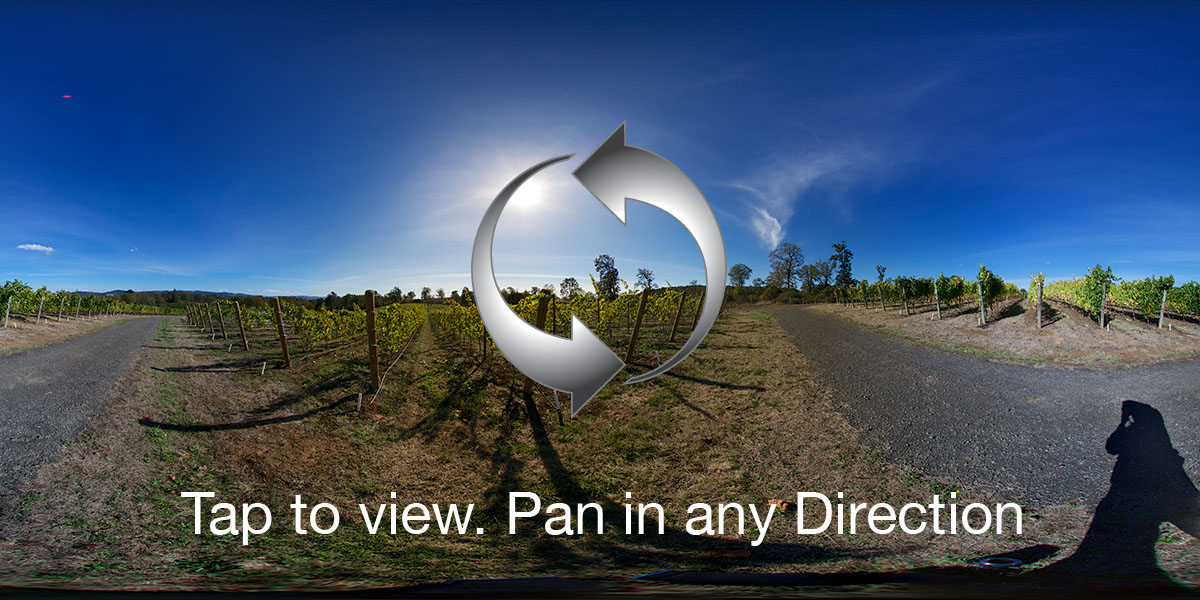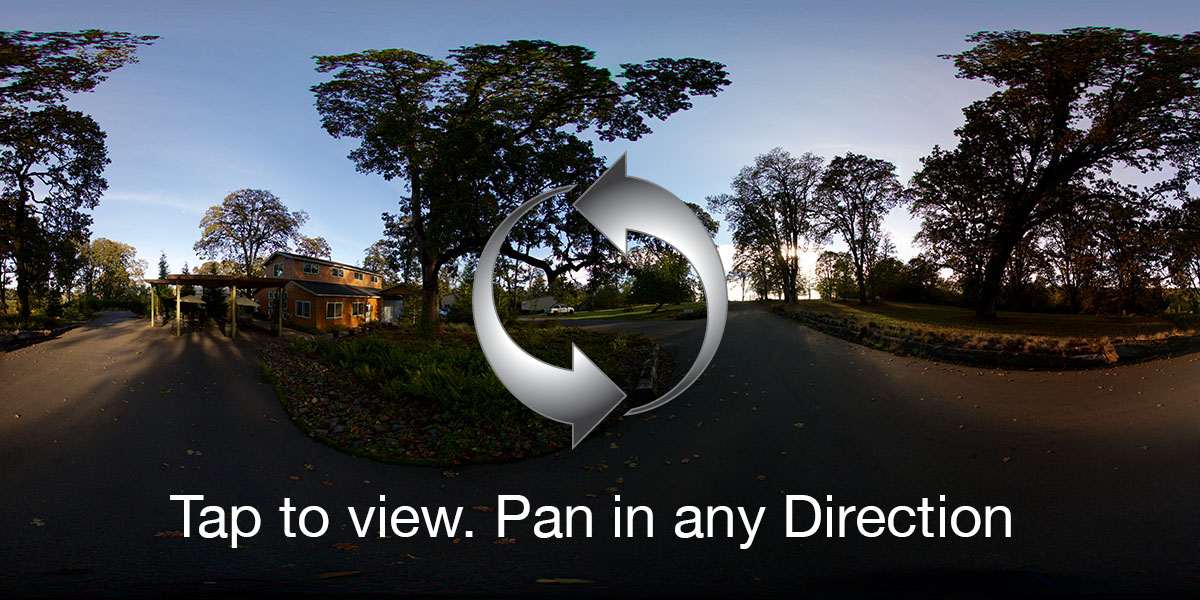On Election Day, political campaigns, candidates, consultants, and pollsters pay close attention to who votes and why—and so does Facebook. For the past six years, on every national Election Day, the social-networking behemoth has pushed out a tool—a high-profile button that proclaims “I’m Voting” or “I’m a Voter”—designed to encourage Facebook users to vote. Now, Facebook says it has finished fine-tuning the tool, and if all goes according to plan, on Tuesday many of its more than 150 million American users will feel a gentle but effective nudge to vote, courtesy of Mark Zuckerberg & Co. If past research is any guide, up to a few million more people will head to the polls partly because their Facebook friends encouraged them.
Yet the process by which Facebook has developed this tool—what the firm calls the “voter megaphone”—has not been very transparent, raising questions about its use and Facebook’s ability to influence elections. Moreover, while Facebook has been developing and promoting this tool, it has also been quietly conducting experiments on how the company’s actions can affect the voting behavior of its users.
In particular, Facebook has studied how changes in the news feed seen by its users—the constant drip-drip-drip of information shared by friends that is heart of their Facebook experience—can affect their level of interest in politics and their likelihood of voting. For one such experiment, conducted in the three months prior to Election Day in 2012, Facebook increased the amount of hard news stories at the top of the feeds of 1.9 million users. According to one Facebook data scientist, that change—which users were not alerted to—measurably increased civic engagement and voter turnout.
Monthly Archives: October 2014
Miraculous Friends
Genuine, remarkable and fascinating friends have miraculously intersected with our lives.
The panoramas and photos that follow illustrate a delightful, but too short visit with wonderful friends. Simply so much to be thankful for.
The beauty of God’s creation was simply stunning on a sunny fall day.
Panoramas
Tap to view a larger still image:
Homecoming Zeitgeist
Snapshots: a University of Wisconsin Homecoming Weekend.






































































A Homecoming DUKW (Duck) Appearance
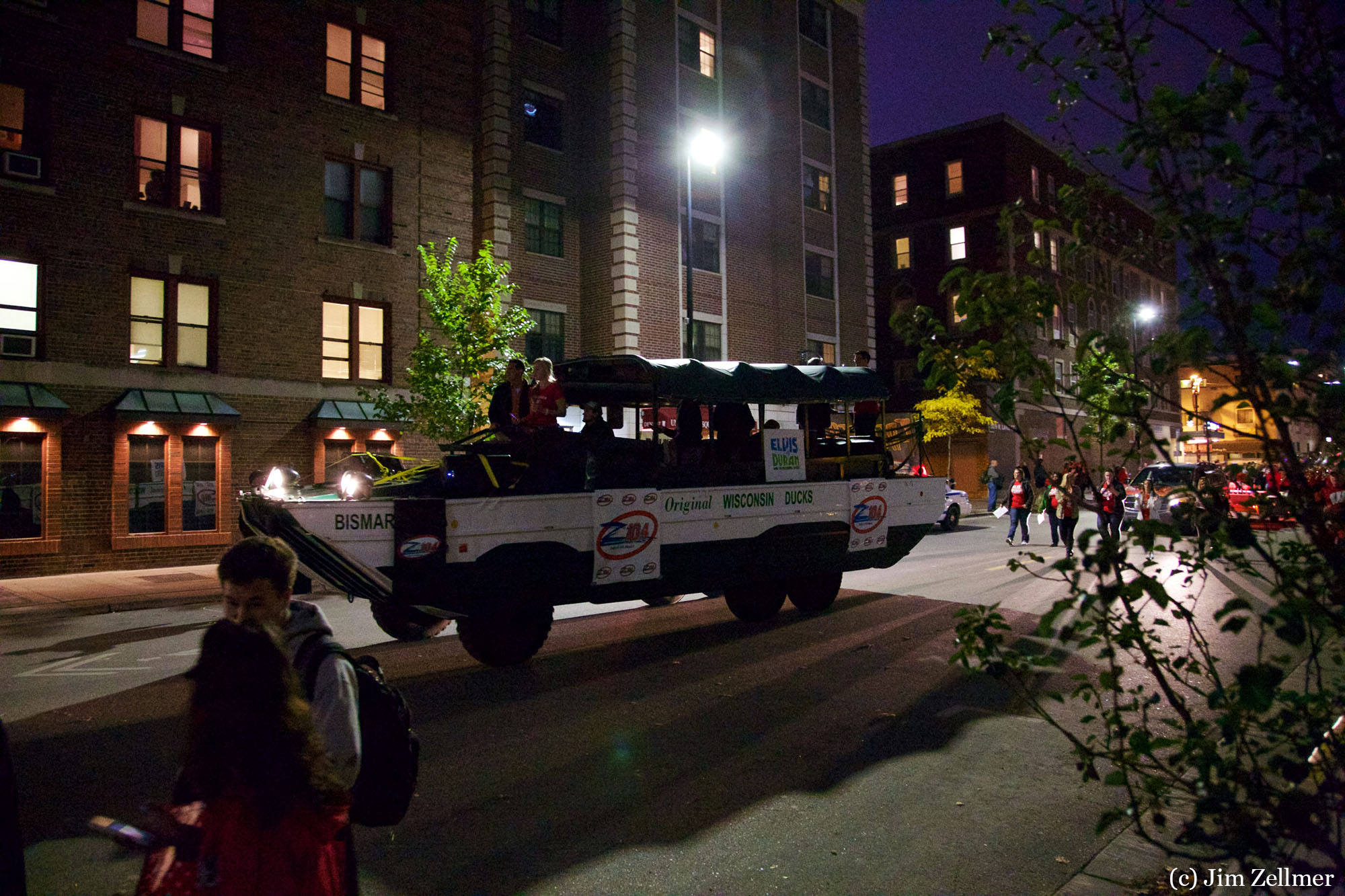
The photo was taken at the University of Wisconsin’s 2014 Homecoming parade.
The Wisconsin Dells & the DUKW:
For over 50 years amphibious DUCKS have been the most unique means of touring Wisconsin Dells’ famous rock formations. The DUCKS got their start from a Milwaukee man named Melvin H. Flath. Prior to starting the Duck tour in Wisconsin Dells, Melvin owned a trucking business on 2nd St. in Milwaukee. Right after WWII, Melvin read about some surplus trucks for auction in California. He wanted one, so he journeyed the 2,000 miles at great financial risk to buy some needed trucks for his business. Upon arriving in California, Melvin saw that the trucks being auctioned were the amphibious trucks (DUCKS) and not anything he had envisioned. His disappointment turned to adventure and against all common sense he bought a DUCK.
Two weeks later, Melvin drove the first olive drab half truck/half boat into his Milwaukee neighborhood. The neighbors as well as Melvin’s pregnant wife and three children came out to greet him. He was received, but not with open arms. Everyone made fun of Melvin for wasting good money on a hunk of junk that he could use for what?
Melvin didn’t know at that time what he was going to use his DUCK for. Despite the adversities, he carried on and bought some used Milwaukee bus seats which he installed in the DUCK. He took his buddies with him on it’s maiden voyage out into Lake Michigan. Melvin had never owned a boat before and wasn’t aware it had plugs, so his first splish-splash was almost his last. He made it to shore and quickly learned that this was no ordinary 2 1/2 ton truck.
The DUKW (colloquially known as Duck) is a six-wheel-drive modification of the 2-ton capacity “deuce” trucks used by the U.S. military in World War II amphibious truck, designed by a partnership under military auspices of Sparkman & Stephens and General Motors Corporation (GMC) for transporting goods and troops over land and water, and approaching and crossing beaches in amphibious attacks. Designed only to last long enough to meet the demands of combat, DUKWs were later used as tourist craft in marine environments.
Blogging + 20
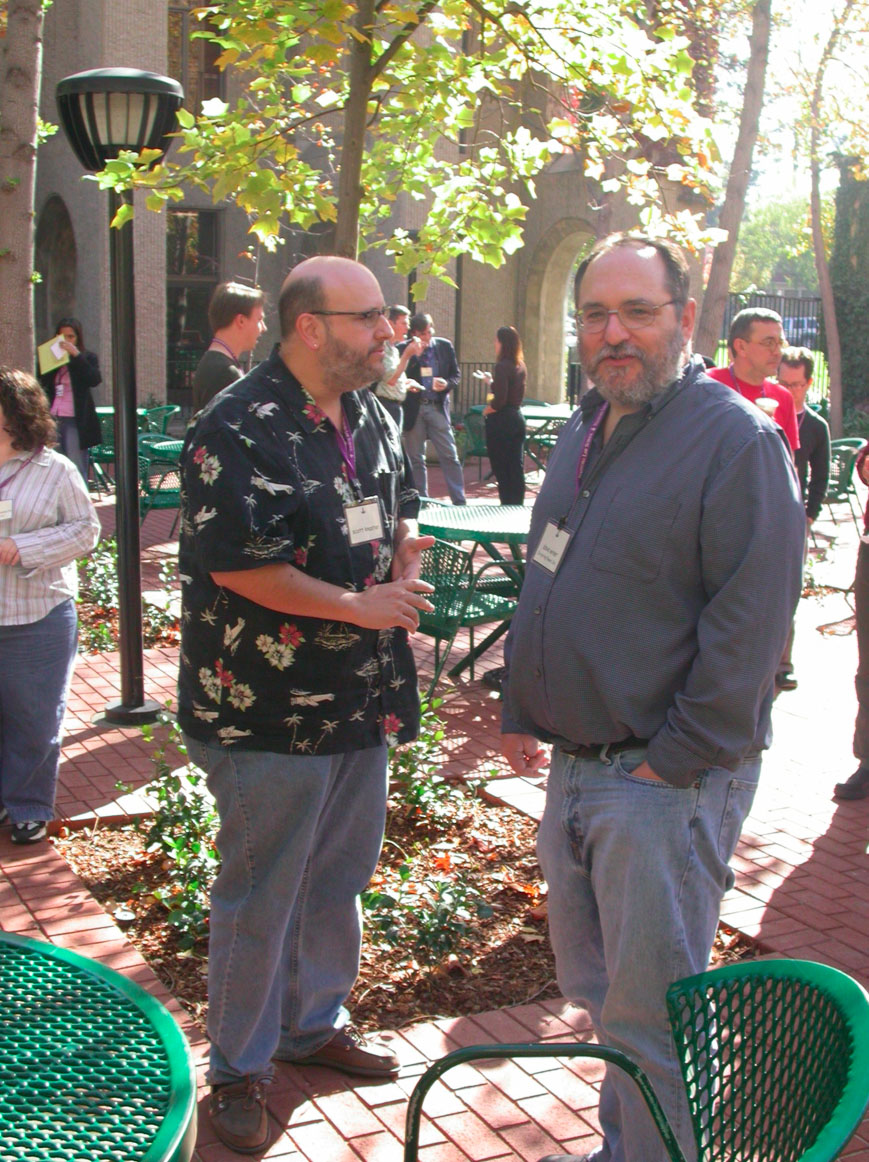
Fellow UW-Madison graduate Dave Winer mused on 20 years of blogging recently. The prototypical blogger, and perhaps the most human of all, Dave is always a pleasure to read. I would be remiss to mention that he throws a great party, beginning for me, with the early “bloggercon’s”. Dinner with Jay Rosen, a discussion of left vs right coast academic politics with Lessig and a shared cab ride with Adam Curry.
Hah.
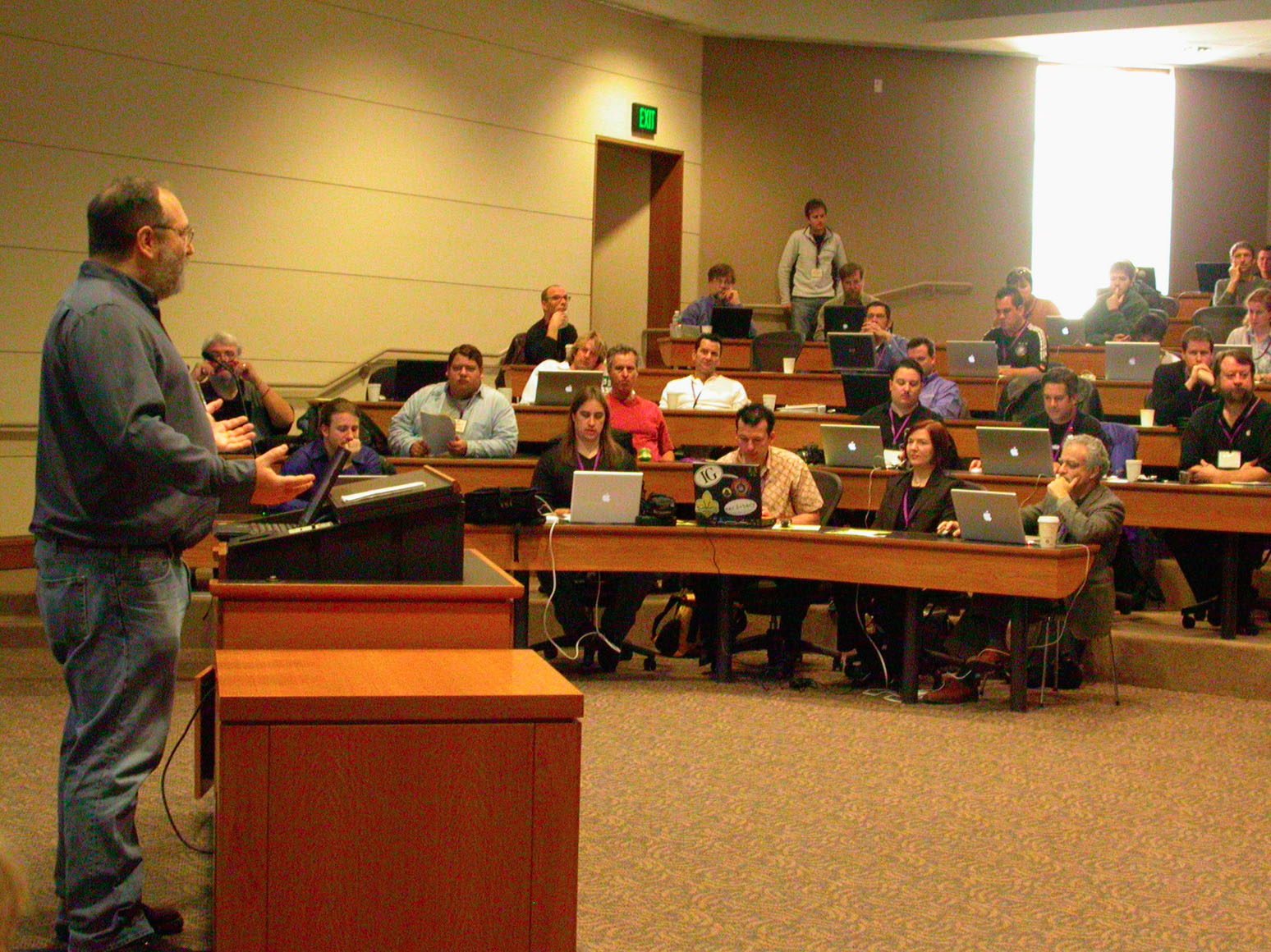
Dave’s “edit this page” concept has spawned so much content, from “big pub’s” such as recode and theverge to interesting niches including the strobist and John Robb.
Further, Dave’s launch of the blog has led many (Americans) to exercise their first amendment right to freedom of speech. That, imho, is Dave’s legacy for the rest of us. One that could not be more timely, in light of the endless efforts to trample on the Constitution.
Michael Bloomberg recently uttered: “I think we are trading our privacy and personal freedoms for convenience and pleasure. And that’s a legitimate decision we make”. [See Moglen’s lectures]
On a more personal note, Dave’s work lead to the creation of powerful reading and publishing software, from RSS to numerous blog platforms (or, to use the more “modern” term: content management systems). Such tools have enabled me to keep a personal blog for ten plus years along with schoolinfosystem.org. The latter served as a platform for local advocacy.
Godspeed to Dave.
And, we give thanks daily
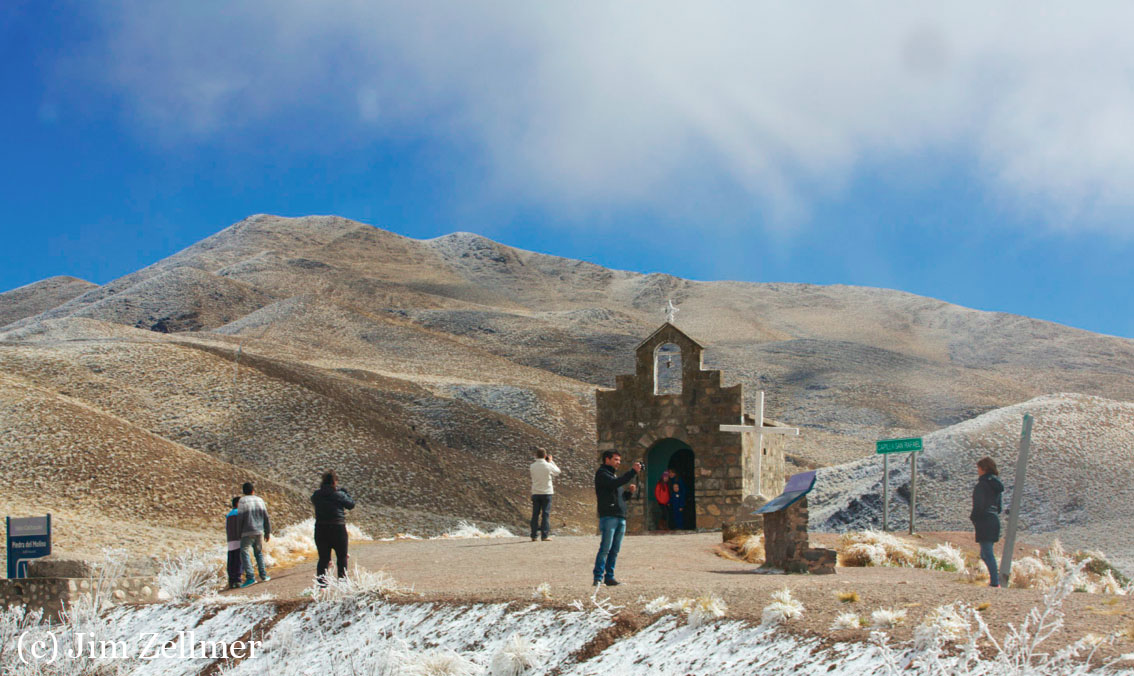
Gazing toward yesterday, I have enjoyed many seemingly random events that suddenly morph into life assets. My grandparents and parents showering me with a culture of entrepreneurship. A grad student friend who opens so many doors. Too many mentors who give freely and a chance meeting at a ski show that leads to my future wife.
Kanban: jobs and opportunities that appear “just in time”. Many travel events, including one years ago, in Mexico. A roommate and I somehow needing a lift from the Juarez airport to El Paso. Astonishingly, several Control Data (who?) executives were on our flight and kindly offered seats in their van.
Truly “my cup runneth over“.
Yet, the inverse events, those where an old acquaintance reappears, suddenly, are the most poignant.
Finishing up a recent workout, I noticed an acquaintance, a father whose child shared a preschool class with ours many years ago. Surprised, I said “I thought you migrated to warmer weather”. “We still plan to”, he replied. “We’ve had some personal challenges”. He went on to describe a very painful series of parenting events with his eldest. I could but wince while offering a hand and later prayers.
Later that day, another friend lamented at length on the state of our local public schools. “No vision”. “Money, Money, Money” and “disastrous reading”. Yet, he is hopeful, smiling while advocating and instigating radical change. Endless optimism.
Another recent day found me talking with a more distant acquaintance. I learned about the death of a young child due to a brain tumor. While thinking about just what, if anything I could possibly say, he continued “we’re Catholics and have tried very hard to turn this tragedy into something positive for other kids”. I continued listening, without comment as he mentioned the events that they have created and sponsored to raise funds for others.
Emotional rivers. So much to be thankful for.
